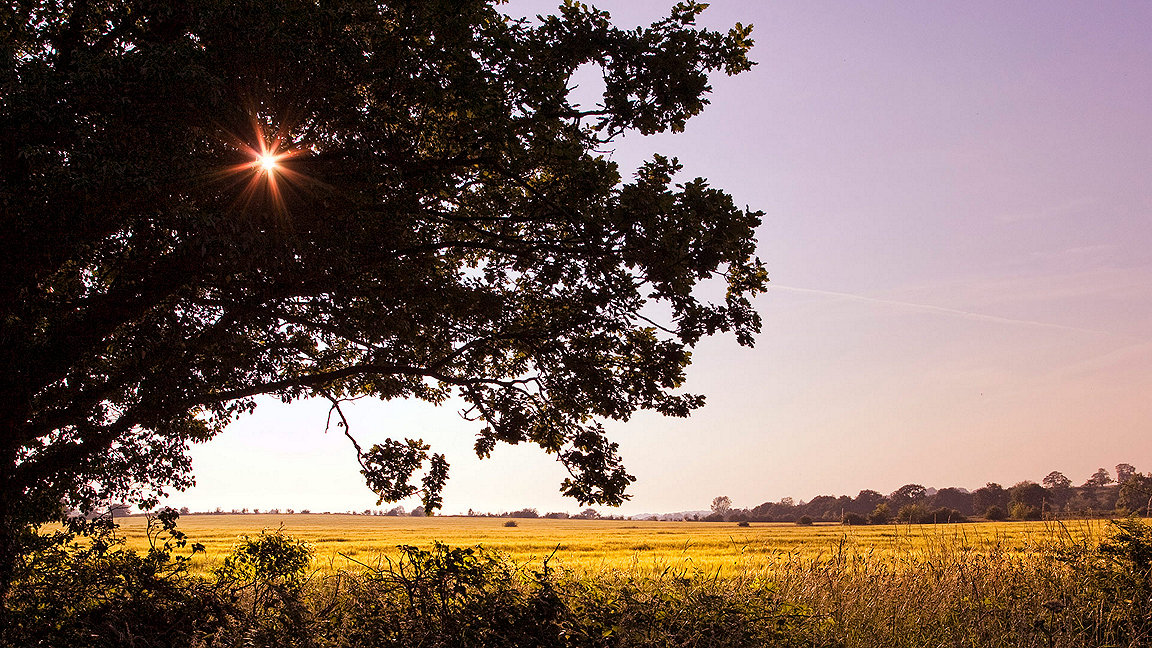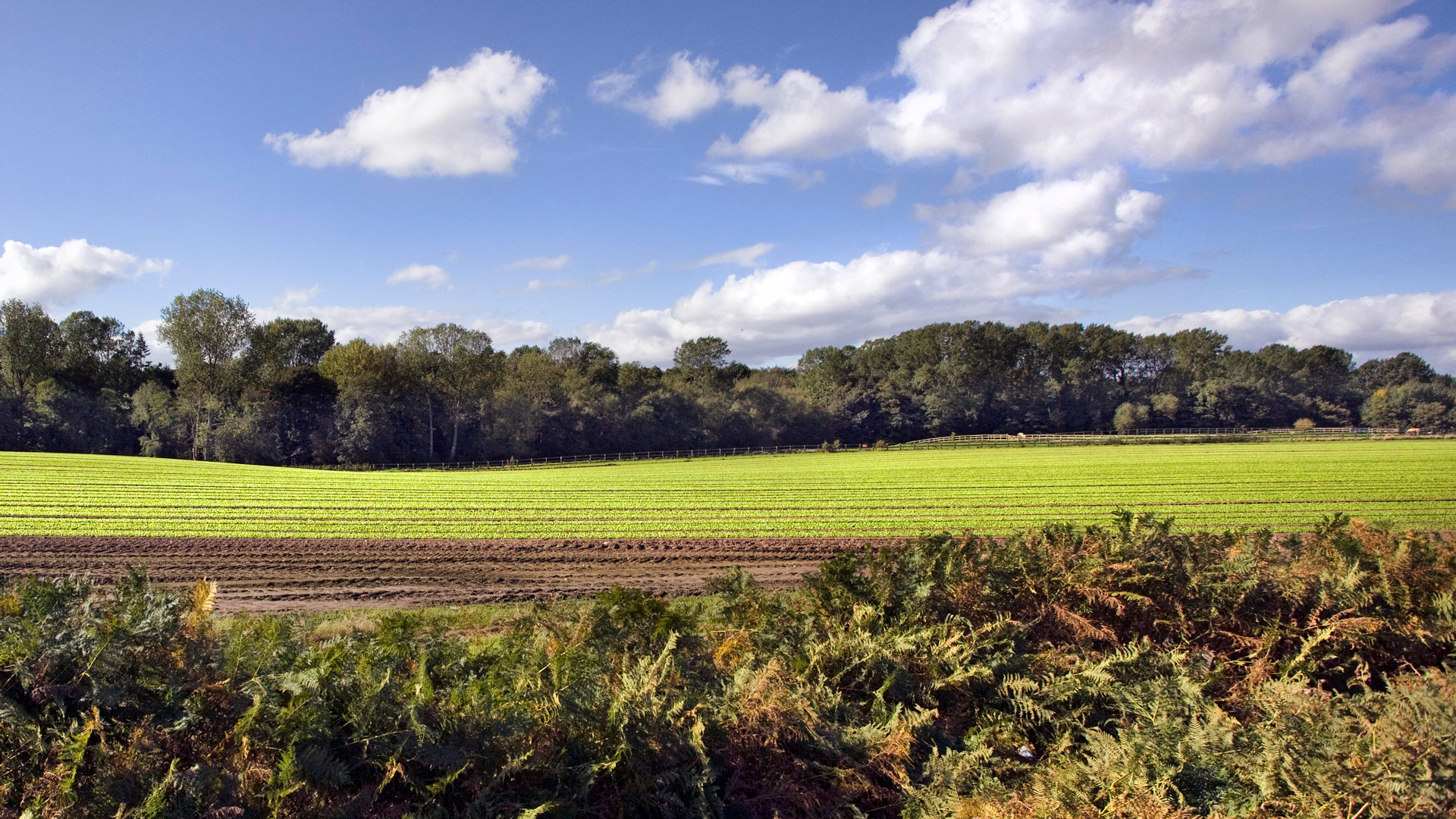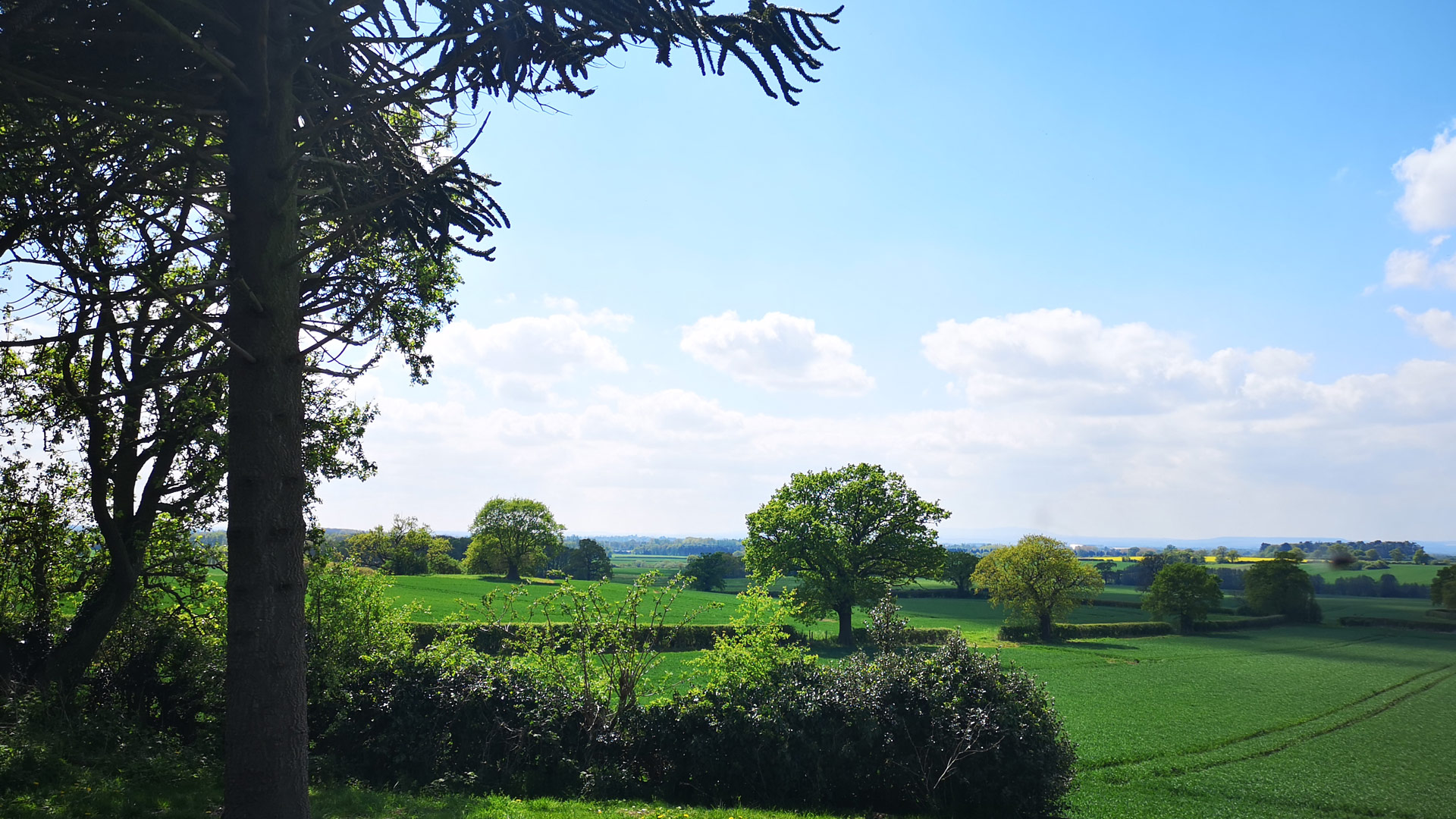
Q: Tell us about the Bradford Estates.
Alexander Newport: I've just turned 40, and have been involved with the family estates in a strategic way since I was about 20.
My background is in commercial estate management, which I studied at the University of Reading, and then joined the graduate training scheme at DTZ, now part of Cushman and Wakefield, where I qualified as a chartered surveyor. Subsequently, I was a partner for 10 years at Quadrant, a London based commercial real estate developer and investor. I left 18 months ago to become managing director of Bradford Estates, the family’s landed estates business, where we have owned land for more than 700 years.
Our main asset is 5,000ha on the Shropshire–Staffordshire border. Our business strands include residential lets, houses and let agricultural holdings and leased commercial as well as leisure properties. We also own a portfolio of 18,500m2 multi-let industrial estates in different locations across England and promote land for development such as our proposals at Junction 3 of the M54 for a new garden settlement.
We also have an in-hand farming operation of 1,500ha. We bought a 140ha farm late in 2019, which was our first acquisition for many years, and are looking to expand further in this area. We are now looking to roll out regenerative agriculture across the whole of this larger in hand farm.
We are lucky to have rich agricultural land with versatile soil, which means we can pursue a range of different crops and systems. We could potentially grow flowers or turf, and I've even been approached by a sedum green roof supplier. You can grow pretty much anything in this soil – rapeseed, salads, or animal feed crops such as maize.
As a result, there's lots of competition for land in this area and it tends to trade at a high price. We also have Harper Adams University down the road, a centre of excellence in agriculture, and a partner of ours.
Bradford Estates farm facts
- 5,000ha rural estate
- 1,500ha of farmland
- 600ha of woodland
- Tenancies on 3,000ha
Q: Briefly, can you describe regenerative farming?
AN: There is no authoritative definition, but it relates to methods that promote biodiversity, enhance soil health and organic matter, and improve water and air quality. Unlike conservation agriculture, this not only sustains the current ecosystems but actively regenerates the natural resources lost through intensive farming.
- limited soil disturbance
- minimal ploughing and harrowing
- rotational diversity of crops
- continuous crop cover
- introducing livestock into arable systems.
There’s a good documentary online called Kiss The Ground that depicts the huge atmospheric carbon reduction when crops are on field in spring and summer. But when there are no crops in the autumn and winter it reverses, so there's lots more carbon in the atmosphere. It shows how important it is to have crops growing all year-round to sequester carbon dioxide.
Q: Why are you planning for regenerative farming?
AN: Knight Frank reviewed the business in summer 2020, not just our method of farming but the commercial strategy, and concluded that we should go fully in hand. It advised that we serve notice on our contractors and move to hire a farming team, buy or lease machinery and manage the whole operation ourselves.
This is planned to begin with the 2022 harvest. We have hired a farm manager from Norfolk, where the land is very similar to ours. He has good experience with root crops, livestock and salads, all of which are important for our regenerative farming venture.
The move in hand is important for Bradford Estates to develop a farming identity in the area, which is not possible as simply a landowner, when the land is occupied by tenants. The benefits of moving in hand are that we are able to have a greater say on what is grown, how the land is treated and the methods used across the farmland. We want to be an active participant in the farming community.
Regenerative agriculture allows us to differentiate ourselves and become an exemplary business in this area, anticipating the forthcoming Environmental Land Management Scheme (ELMS). Many of its principles are likely to be similar to those of regenerative farming. The population want the Government to provide farming businesses with 'public money for public goods' and we want to lead the way in this area.
If we can become an exemplar we may be able to contract-farm for other landowners who want to access the higher tiers ELMS, and create a centre of excellence, which should generate other opportunities for our business.
Regenerative farming should also reduce the need for pesticides, herbicides, fungicides and artificial fertiliser in the soil, supporting soil health and root penetration. Livestock will add natural fertility from manure into the soil too, when grazing off cover crops.
These crops won't be harvested but will cover the soil between growths of cash crops and bind it together to reduce erosion. Cover crops also crowd out weeds, reducing the need for herbicide, and as the cover dies off it will rot down and improve soil health as green manure. We foresee a 5-year transition to regenerative agriculture from conventional farming with our arable system being set up in the first year and beef cattle as well as sheep being introduced in the second.
- crop-growing fields
- fields better suited to pasture for grazing
- fields that are less productive, which we could use for trees or rewilding.


Soil health improvement should support local wildlife by the propagation of microorganisms for feed and also strengthen the soil structure with more binding root development to minimise run-off into local watercourses.
Organic matter increases in the soil should allow us to claim carbon credits. Currently £30 per tonne, these could rise to more like £100 as forecast in a recent IMF report, which is an opportunity to develop a new income stream for the farm business. Livestock should also open up the opportunity of vertical integration into Bradford Estates branded meat and dairy produce.
Another baseline survey at 2021 harvest time we are considering is a nutritional value analysis of crops produced from the current intensive arable system. In 5 years' time, when the use of artificial fertiliser and sprays have been reduced, nutritional improvements may provide a basis to consider directly marketing salad, vegetables and root crops ourselves. A decrease in fertiliser and sprays will reduce our cost base over time and our profits should therefore increase so long as we are able to maintain yields.
Yields per hectare for 2019 harvest on the in-hand farm
- Wheat: 8 tonnes
- Rapeseed: 4 tonnes
- Potatoes: 45 tonnes
- Barley: 7.5 tonnes
- Spring beans: 4.2 tonnes
Q: Do you have any agricultural tenants, and if so what types of agreement do you have with them?
AN: We have more than 20 tenants, with a mix of grazing licences, agricultural holdings act and farm business tenancies.
Q: What other large farming businesses are local to you?
AN: Among the businesses are David Austin Roses, Shropshire Petals natural confetti, PDM Produce, and the Heath family, who have a 1,000-cattle dairy farm and anaerobic digester as well as growing potatoes, carrots and leeks.
Q: Tell us about your woodlands.
AN: There are 600ha on the estate that are maintained as commercial forestry. We are looking at opportunities to expand this, by using a soil survey to identify marginal agricultural land, and assessing how we might access the Woodland Carbon Fund. This requires planting of 10 ha or more, so we’re hoping government might offer further incentive by bringing down the minimum planting area required to access the carbon credit market, thereby encouraging more parties into the scheme.
One other thing we'd like to do is look at a 100-year landscape plan for the Estates, planting trees in a systematic way over the next 20 years that will mature over a century. We also want to see where we can plant more pockets of woodland and more hedgerows, and expand existing woodland to include some softwood and hardwood, such as oaks and beeches. We have a beech avenue already, and we'd like to enhance that so you can see it as you approach the Estates.
Q: What results are you expecting from the transition from intensive to regenerative farming?
AN: In the long term, having our own farming team will allow us to make aesthetic improvements to hedges and gates, repair fencing, dig ditches out and dredge pools to minimise flooding. All that can be done in down time during winter.
At the moment we don't have a farming workforce. When I first got involved in 2000 we had 8 full time employees, but this time next year we hope to have 25. This larger team will help promote the Estates' good work, acting as spokespeople for us in the local community.
Q: What other funding will be available to support those changes?
AN: Higher-level stewardship schemes will be eventually replaced by ELMS, and there's an RDPE productivity grant for water capacity. We have 4 reservoirs that we are considering connecting via a ring main, so we can move water around the system in case a reservoir was to dry out in drought.
We are in a partnership with Severn Trent Water exploring water management, restoration of watercourses and new tree planting. We are also working with Shropshire Wildlife Trust and plan to join the Nature Recovery Network.
Q: What savings are you expecting to make?
AN: The Knight Frank review advises that by moving to regenerative farming, we should see an up to 20% reduction in variable costs. Direct drilling will also remove need for annual cultivation, saving £50 per hectare.
Q: How will regenerative farming change the Estates?
AN: It is a wholesale change in terms of our business strategy and farming methods into become business fit for the 21st-century.
The technology we plan to use cloud-based farm management and accounting software as well as state of the art data collection tools, which will mean that the way we can analyse our business will be completely transformed. GPS tracking will allow us to see where our machinery is and what it's doing, and how efficient our whole farming systems and everything will be recorded.
At the moment we have 2 contractors for the 2021 harvest, where we had four before, so we have already started to consolidate our management practices and collect our own data.
Q: What are the challenges you are expecting?
AN: We need to work out which crops can be integrated into our new farming system, carrots for example are more difficult to accommodate in the regenerative system as they root so deeply. The soil survey will also help us understand which are the most suitable fields for which crops, such as where ground is too heavy for potatoes.
The transition is a big opportunity for us, and we're working with Harper Adams University and Innovation for Agriculture to ensure best practice. We want to continue our relationship with both organisations and provide good data sets for them to use in their research.
